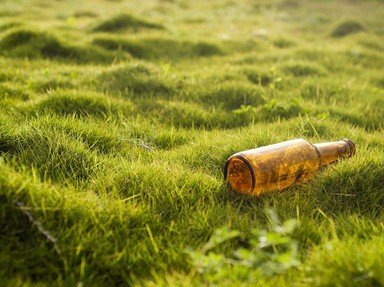Quiz Answer Key and Fun Facts
1. I couldn't believe it, but right there in front of my eyes was this little green plant with four leaves on it. What luck! What in the world did I see?
2. Rolling over in the grass I happened to notice this strange brown wiggly creature. I couldn't tell which end was its head. What was I looking at?
3. I felt an itch on my leg so when I rolled over to scratch my leg that's when I saw the lovely red bug with black spots on its back. What was it?
4. Look over there! It's a symbol of Canada. What is it?
5. Ouch! I rolled over onto some sort of nut that has a cap on it. What could that be?
6. This little character, from the family Formicidae, nearly bit me. He's not very big, but sure can bite hard. What did I see this time?
7. Looking around the yard I spotted a small yellow flower with five separate petals. What is that?
8. It is a good thing that I don't have musophobia. What creature did I see scurrying across the lawn?
9. Look at that member of the genus Thamnophis over there in the grass! What is it?
10. On my lawn, just under the largest tree, there is Bryophyta. It feels soft. Do you know what this is?
Source: Author
funnytrivianna
This quiz was reviewed by FunTrivia editor
Bruyere before going online.
Any errors found in FunTrivia content are routinely corrected through our feedback system.

